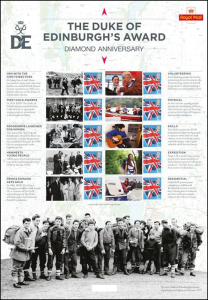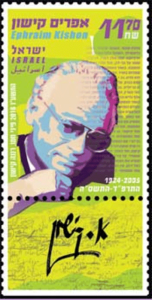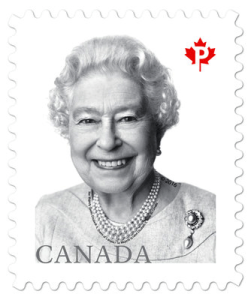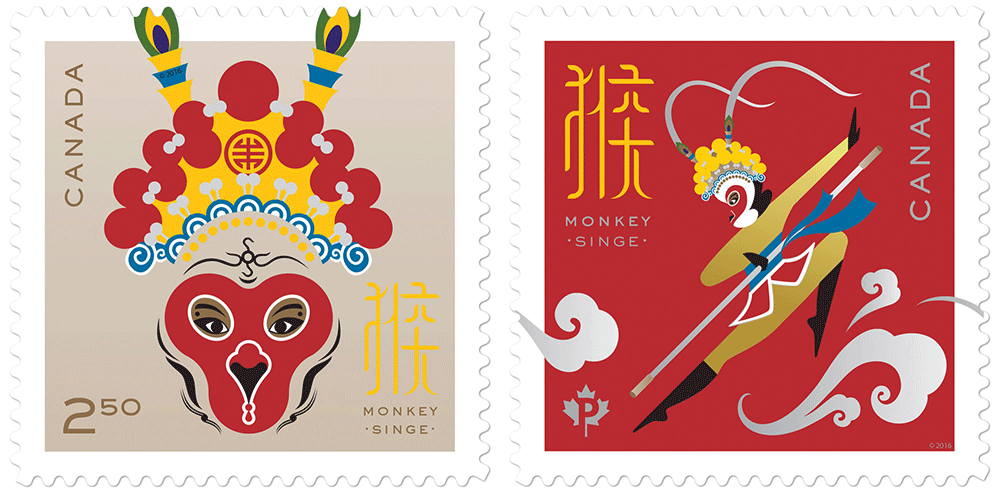[press release]
ROYAL MAIL SUPPORTS DUKE OF EDINBURGH’S AWARD’S DIAMOND ANNIVERSARY 2016
- Royal Mail’s limited edition Commemorative Sheet of stamps goes on sale on 12 January 2016 to celebrate The Duke of Edinburgh’s Award’s Diamond Anniversary year
- The sheet features images over six decades since the scheme was founded in 1956 by HRH Prince Philip, Duke of Edinburgh
- The sheet is limited to an edition of 7,500 and each one is numbered
- Royal Mail is also supporting the DofE Award 60th anniversary as a Diamond Partner by encouraging its employees to take part in a personal Diamond Challenge in 2016
- The commemorative sheet is priced at £14.95 and is available online at
www.royalmail.com/dofe or by calling 08457 641 641
 Royal Mail’s limited edition The Duke of Edinburgh’s Award’s Diamond Anniversary Commemorative Sheet goes on sale on 12 January 2016 celebrating 60 years since the scheme was first launched, which is the world’s leading youth achievement award.
Royal Mail’s limited edition The Duke of Edinburgh’s Award’s Diamond Anniversary Commemorative Sheet goes on sale on 12 January 2016 celebrating 60 years since the scheme was first launched, which is the world’s leading youth achievement award.
The images on the sheet alongside each First Class stamp feature DofE candidates and founders at work and enjoying outdoor pursuits over six decades of its existence, helping young people reach their full potential. The sheet is limited to an edition of 7,500 and each is serially numbered.
Royal Mail is also marking the 60th anniversary year as a Diamond Partner by encouraging employees of all ages to get involved and complete a Diamond Challenge of their own to raise money for the charity. Royal Mail will fund the enrolment fee for every Royal Mail entry.
Royal Mail has enabled many of its apprentices to take part in The Duke of Edinburgh’s Award scheme. For the 60th anniversary, Royal Mail will also be opening its doors for more employees of all ages to take part and experience the challenges of DofE in a special Diamond Challenge 2016.
Royal Mail’s Chief Operations Officer, Sue Whalley, added: “It is really encouraging to see our continuing commitment to supporting The Duke of Edinburgh’s Award programme within our business. I hope many more of our people will get involved with the Diamond Challenge this year and dare to set themselves a challenge to celebrate the 60th anniversary of the scheme.”
Peter Westgarth, CEO of The Duke of Edinburgh’s Award said: “In our 60th year we are grateful to Royal Mail not only for marking the occasion with this wonderful commemorative stamp sheet, but for their enduring support of the aims of The Duke of Edinburgh’s Award. Helping young people achieve a greater goal in life is not only rewarding in itself, but also, when the DofE is run in a business setting, represents an investment in the people that work for those organisations. This valuable support, that Royal Mail gives to its apprentices, is ultimately of benefit to their customers and communities they serve, whilst also helping the apprentices themselves to nurture and grow within the company and develop important work-ready skills.”
Darren Borthwick, Royal Mail DofE Apprentice Manager, said: “We are proud to support The Duke of Edinburgh’s Award scheme, to improve the learning and careers of our young apprentices and to help celebrate its Diamond Anniversary year 2016.
“We hope that by showing our commitment to the programme it will highlight the excellent work that the Awards scheme offers to young people in the wider workplace and encourage more potential recruits to join the scheme.”
Sam Bontempo, 19, from South Wales, a Duke of Edinburgh Gold Award apprentice at Royal Mail, said: “I am looking forward to a career with Royal Mail and working towards a Gold Award with The Duke of Edinburgh’s scheme, at the same time, is an added bonus. I didn’t think I would get the chance to follow this challenge, but Royal Mail has made it possible.”
The commemorative sheet is priced at £14.95 and is available online at www.royalmail.com/dofe or by calling 08457 641 641
The ten Duke of Edinburgh Diamond Anniversary commemorative stamp labels are as follows:
HRH WITH THE FIRST DIRECTORS
Sir John (later Lord) Hunt (second left, back row), who had led the successful British Mount Everest expedition in 1953, was the first director of The Duke of Edinburgh’s Award.
FIRST GOLD AWARDS
In 1958, HRH The Duke of Edinburgh presented the first Gold Awards to a group of young people at a ceremony at Buckingham Palace.
PROGRAMME LAUNCHED FOR WOMEN
Two years after The Duke of Edinburgh’s Award for Boys was launched, a similar programme was established for girls. In 1969, the two programmes came together as one.
HRH MEETS YOUNG PEOPLE
HRH meets Sea Cadets learning rope skills and boating for their DofE in the late 1970s.
PRINCE EDWARD GETS GOLD
In 1986, HRH The Prince Edward received his Gold Award. He is a trustee of the DofE and chairman of The Duke of Edinburgh’s International Award Foundation.
VOLUNTEERING
From helping people in need to protecting the environment, the Volunteering section of a DofE programme is about making a difference to other people’s lives.
PHYSICAL
In this section, young people spend time developing skills in their favourite sport or learning a new activity that will improve their health and fitness.
SKILLS
The Skills section of a DofE programme helps young people to nurture their interests and talents, such as cooking, music and web design, and to gain valuable skills for the future.
EXPEDITION
As part of a small team, young people plan and complete an adventurous journey in the great outdoors – by bike, boat, canoe, foot, horse or wheelchair.
RESIDENTIAL
Gold DofE participants complete an additional Residential section over five days, taking part in a shared activity with new people, either in the UK or overseas.
Technical Details:
Number of stamps: 10 x 1st Class Union Flag stamp based on an original design by Dick Davies, featuring an illustration by Anton Morris.
Pack and Commemorative Sheet design: Jack Renwick Studio Ltd
Words: Vicky Prior
Illustrations: Lisa Crone
Acknowledgements: stamp sheet – all images © The Duke of Edinburgh’s Award, except map of the Lake District © OS Data; backing card – all images © The Duke of Edinburgh’s Award, except photo of Kurt Hahn © Thurston Hopkins/Stringer/Getty Images; map of the Lake District (on the front) © OS Data; 1950s map (on the rear) © National Library of Scotland
Sheet Format: A4
Stamp Format: Portrait
Stamp Size: 20mm x 24mm
Printer: International Security Printers
Print Process: Lithography
Perforations: Die – cut simulated
Phosphor: Bars as appropriate
Gum: Self-adhesive
 The issue date is February 9, 2016.
The issue date is February 9, 2016.
 Royal Mail’s limited edition The Duke of Edinburgh’s Award’s Diamond Anniversary Commemorative Sheet goes on sale on 12 January 2016 celebrating 60 years since the scheme was first launched, which is the world’s leading youth achievement award.
Royal Mail’s limited edition The Duke of Edinburgh’s Award’s Diamond Anniversary Commemorative Sheet goes on sale on 12 January 2016 celebrating 60 years since the scheme was first launched, which is the world’s leading youth achievement award. [press release]
[press release] OTTAWA, Jan. 6, 2016 /CNW/ – Today, Canada Post unveiled the images that will be featured on commemorative stamps celebrating the Year of the Monkey, which begins February 8, 2016 and ends January 27, 2017. The Monkey is the eighth stamp in Canada Post’s 12-year Lunar New Year series, which began with the Ox.
OTTAWA, Jan. 6, 2016 /CNW/ – Today, Canada Post unveiled the images that will be featured on commemorative stamps celebrating the Year of the Monkey, which begins February 8, 2016 and ends January 27, 2017. The Monkey is the eighth stamp in Canada Post’s 12-year Lunar New Year series, which began with the Ox.

